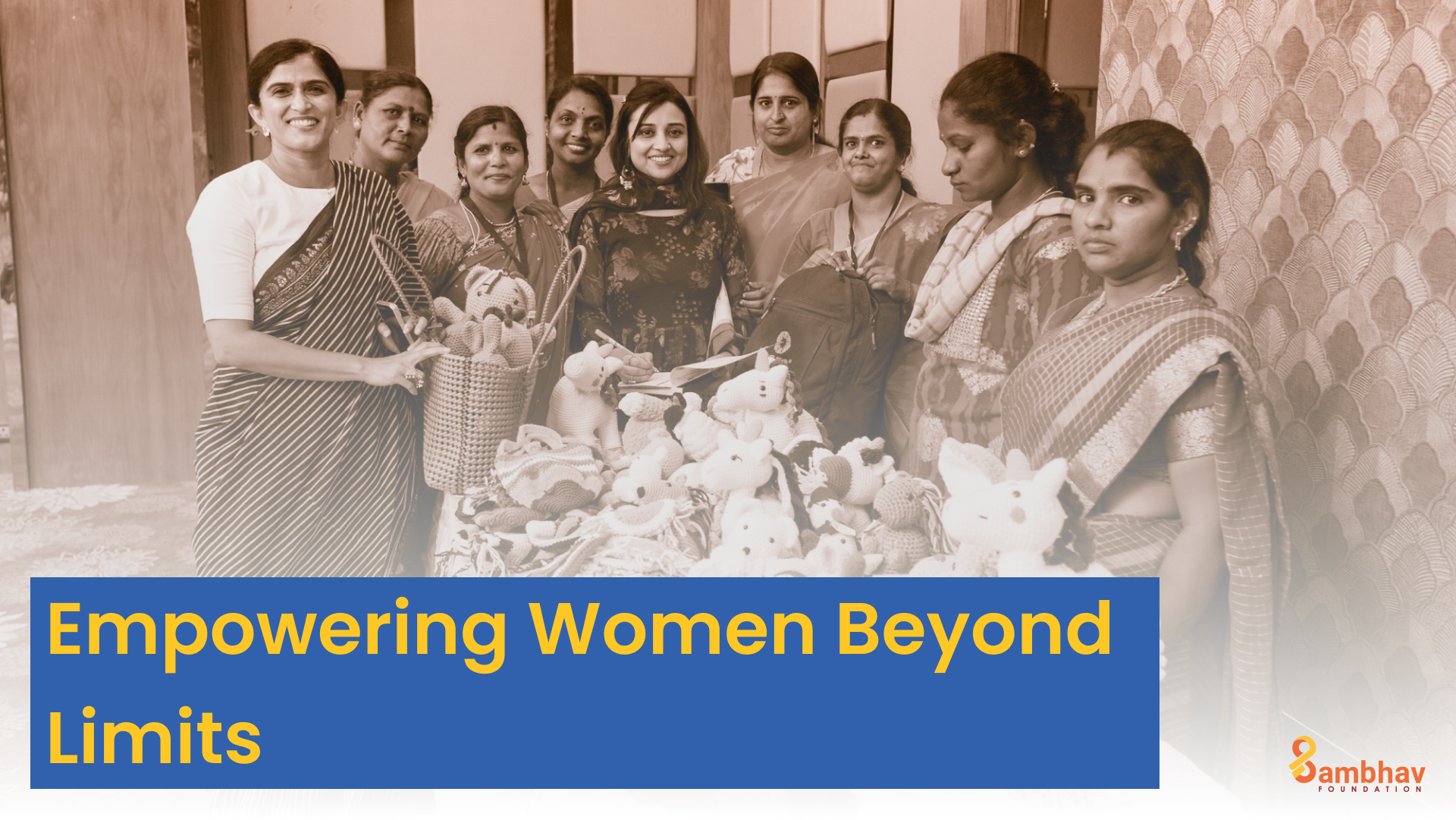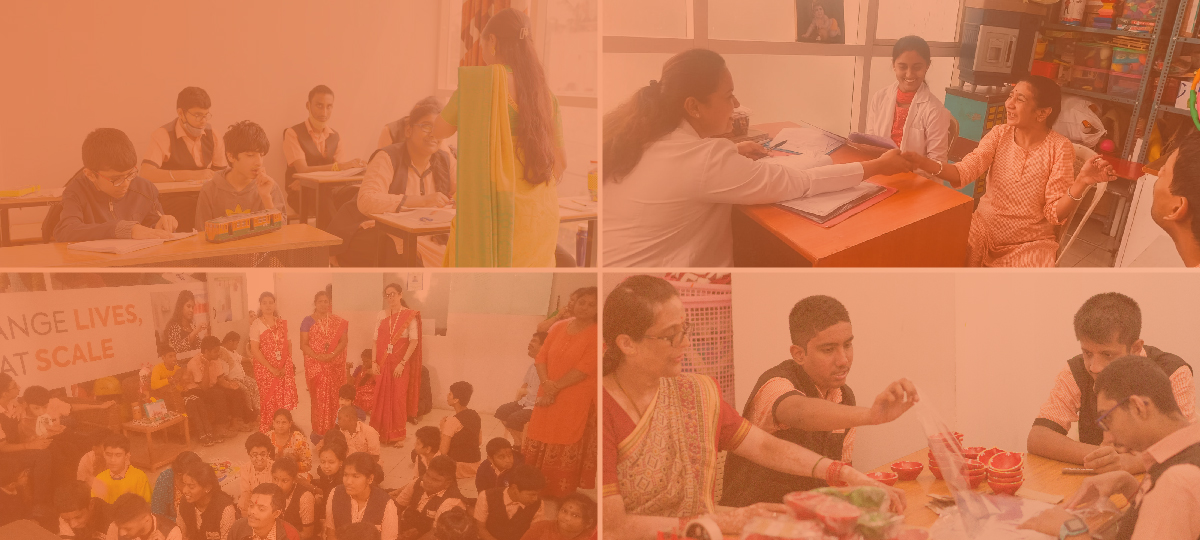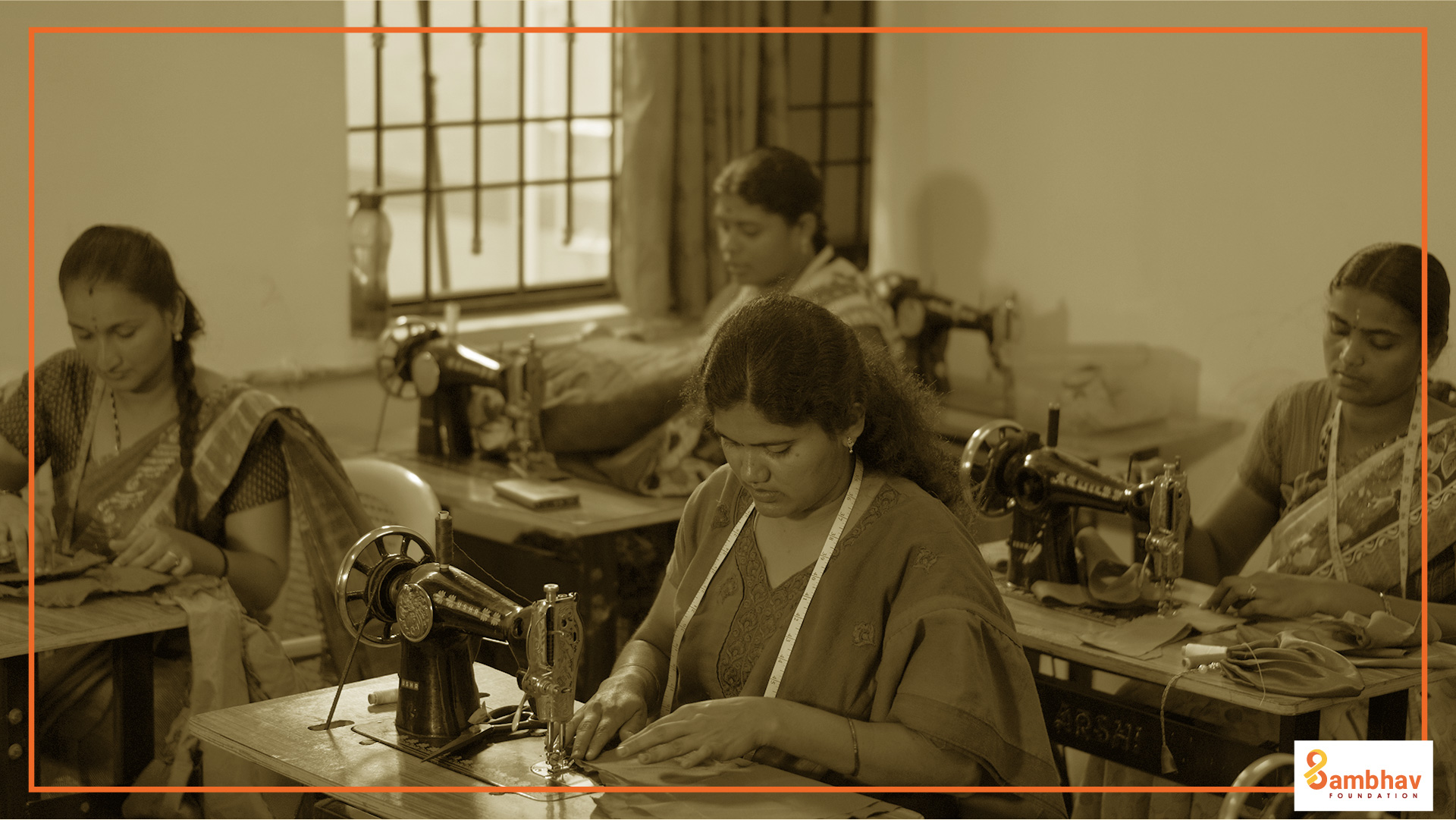The housing shortage has been a persisting challenge in India for decades now. The latest figures by the NSSO pegged the number of available houses at 29 million. Beyond this, the real crisis in newly developing cities like Bengaluru is affordability.
Who can afford to rent houses? Are they near where the jobs are? These are important questions.
We can start with the government’s own definition of affordable housing. The Ministry of housing says rent should not exceed 30% of a household’s monthly income.
Going by these criteria, and what we know about worker incomes in the informal sector or in entry-level jobs, it is obvious that a majority of people have trouble accessing decent, affordable housing. For instance, if workers earning incomes of Rs 15,000 have to pay Rs 4,500 per month for decent housing, this is considered ‘affordable’ by official standards. This means most people have to go for shared or substandard accommodation.
Housing and accessibility
The search for housing also becomes that much harder if you are a migrant worker, or belong to a socially marginalised group, happen to be a woman, or are someone at the intersection of these identities.
Sudha* (30), is an enterprising optometrist in Odisha. What set her apart from others in her small village in Balasore, was that she had spent several years working in the Pharmaceutical industry, in Delhi and towns in Himachal Pradesh.
Her work involved taxing night shifts, but it was enjoyable. But as a single woman, the neighbours in her rented accommodation were very unpleasant. That she was a single woman working a full-time job with odd hours, and a migrant to boot, was cause enough.
Like Sudha’s story shows, the question is especially important now because we have more young women willing to enter the workforce. Companies in South India, especially in industrial hubs like Hosur, are pushing to get more women on the manufacturing shop floor.
But where will these women, most of whom are first-generation learners, stay?
Exploring public housing
For those from small towns and villages, finding decent employment in the city is hard enough. Without affordable housing, there’s going to be fewer women or those from marginalised communities transitioning to decent livelihoods in our cities.
Here’s another example. The mass of blue-collar employees in IT parks don’t live near them. Most of them actually look for housing in the villages near Anekal.
But the question of housing is an expensive proposition for private employers —one they would rather not think about.
In the past, the only government PSUs worked to provide affordable housing for employees. Other Schemes like the Jawaharlal Nehru National Urban Renewal Mission (Jnnurm), Basic Services for the Urban Poor (BSUP) and Rajiv Awas Yojana worked to provide access to affordable housing.
But other than this, there are no large scale public social rental housing schemes taken up by the government.
Current schemes like the Affordable Rental Housing Complex — which plans to give vacant government allotments to people who live in them — sound like good ideas.
Other schemes like Rent to Own (being piloted in Kota, Rajasthan) sound promising, and can also be explored. But these schemes too, have their own set of issues.
For one, just like the original affordable housing schemes, these new houses are far away from where most workers earn their livelihood. Blue collar workers, especially women, employed near logistics hubs or manufacturing plans need decent accommodation nearby.
They also lack basic amenities like clean drinking water and sanitation, or basic health services.
What’s to be done?
One approach to tackle this issue is to have shared, social rental housing.
- Like women’s hostels, these are shared accommodation with basic furnishing.
- Houses will have access to drinking water, and clean toilets.
- Houses will be close to the workplace.
- Some security to ensure a safe environment.
Currently, all of these factors are mediated by private players and the social context. Beyond funding these initiatives, the main challenge will be managing them for a generation.
The crucial experience of approaching housing and real estate with a social sector perspective has simply ceased to exist in India. And unlike other countries, the real estate sector in India is an overwhelmingly private domain. We no longer have the experience or capacity to mediate in public rental housing.
The housing departments, for example, don’t have the training or the inclination to provide social services in affordable housing projects. In the absence of a social sector perspective, most of these complexes end up becoming ‘concrete slums’ — in many ways, worse than the jhuggis or ghettos they were meant to replace.
There’s an urgent need to provide access to equitable housing for women migrant workers. And we need serious effort to develop the capacity to handle social rental housing projects straddling the social sector and real estate space.




